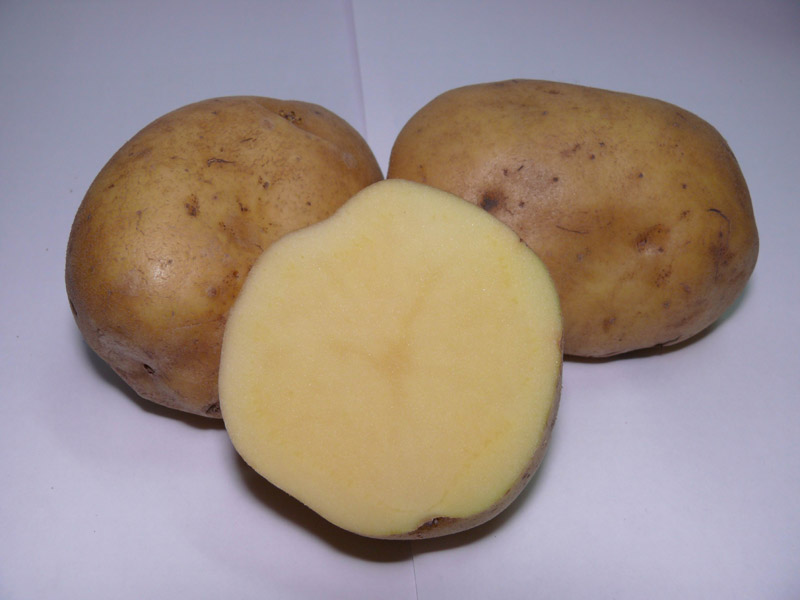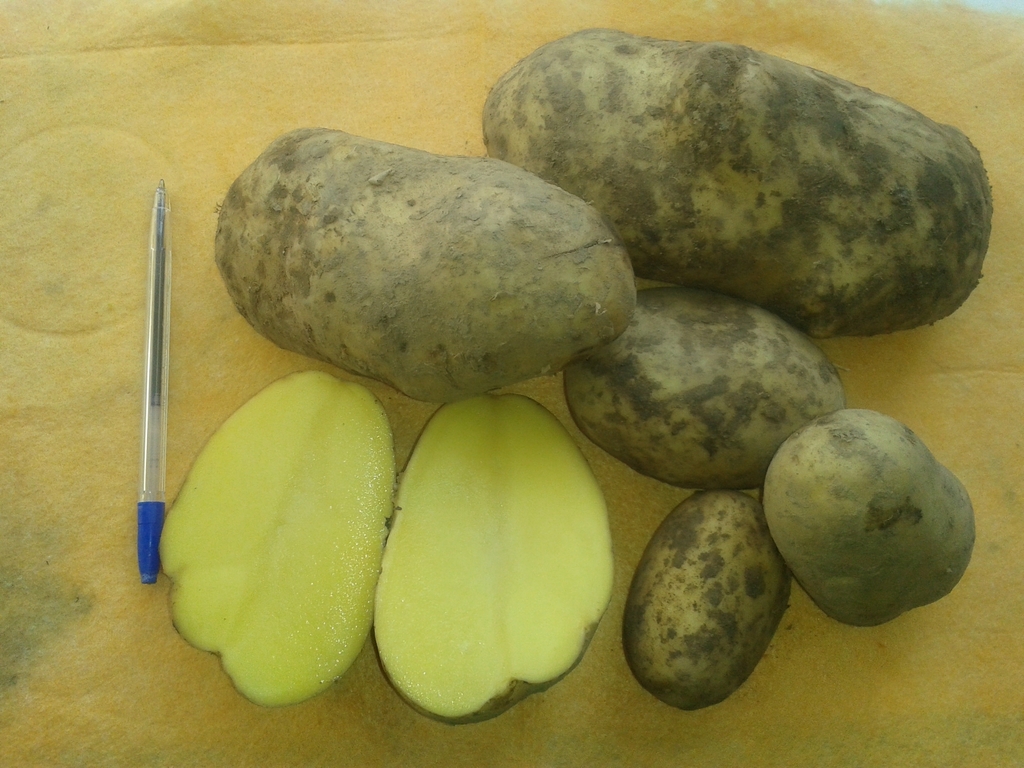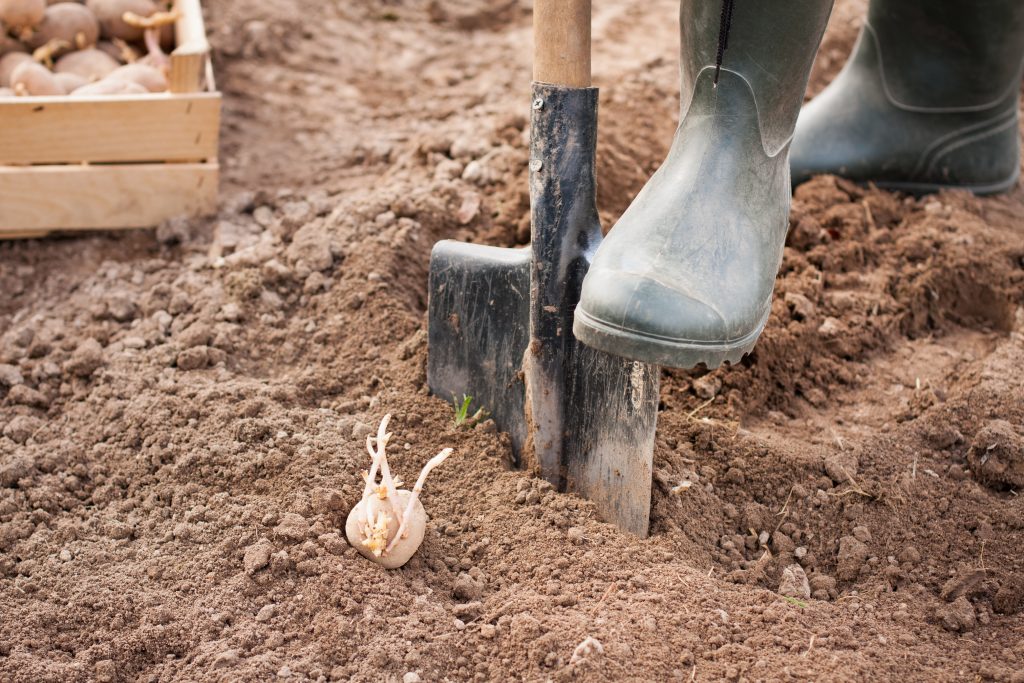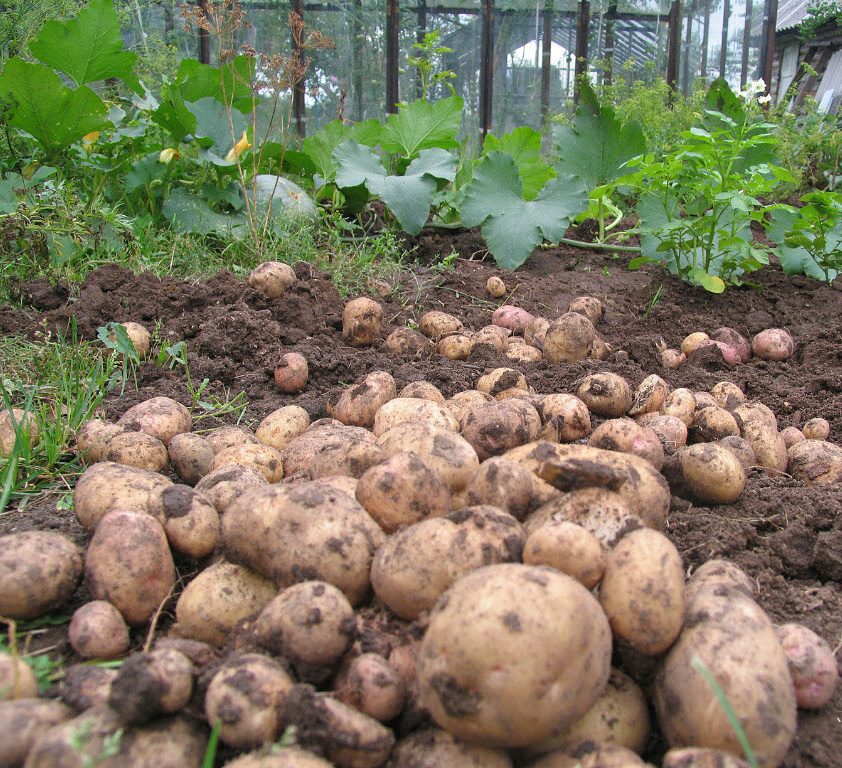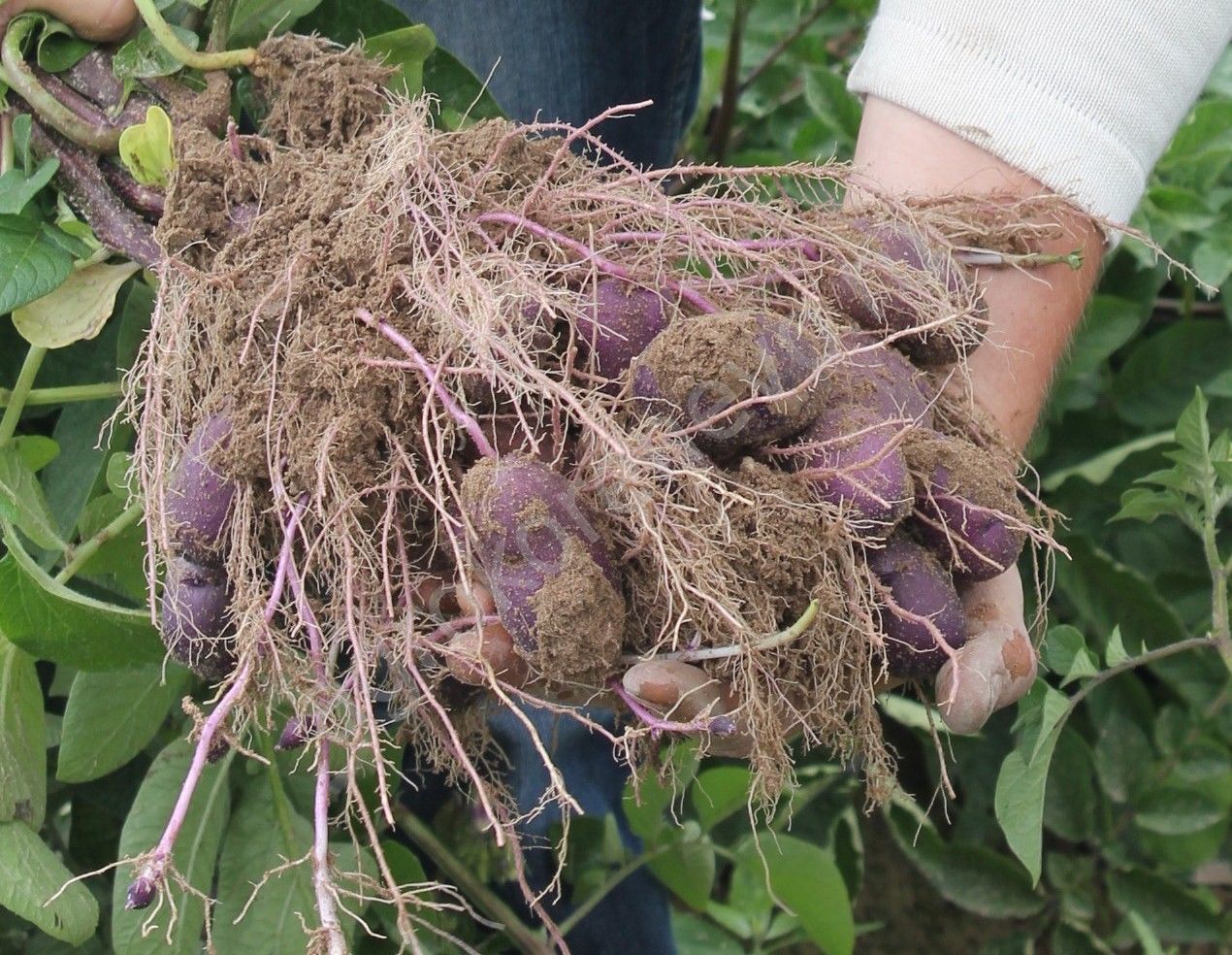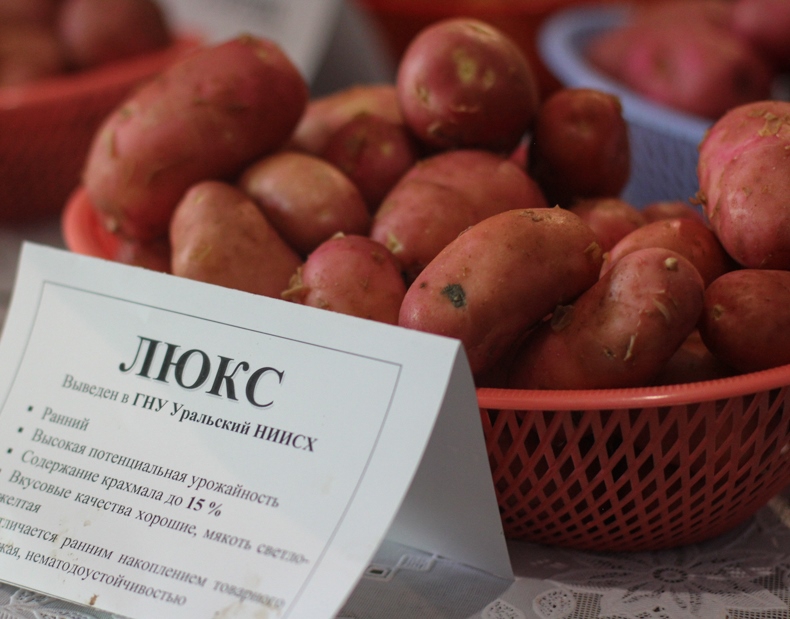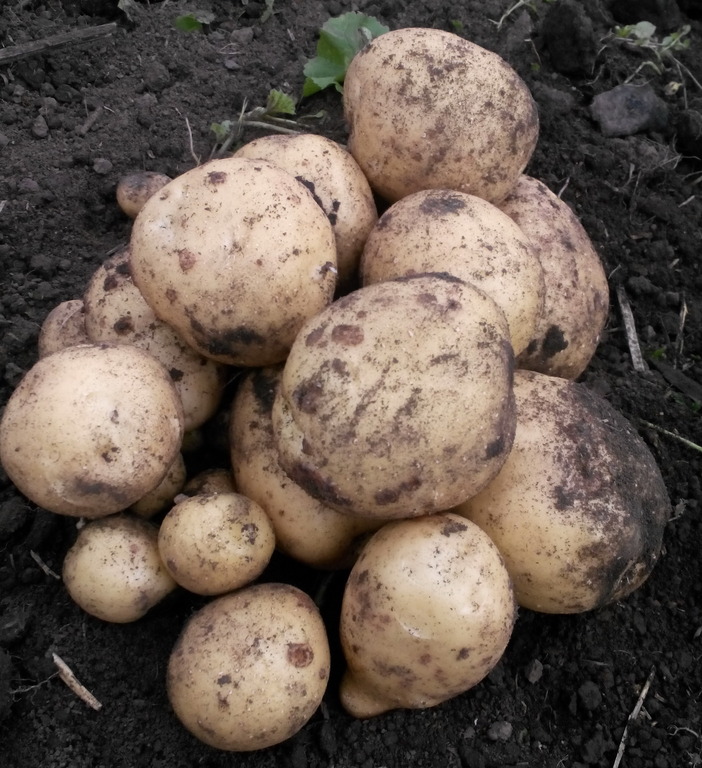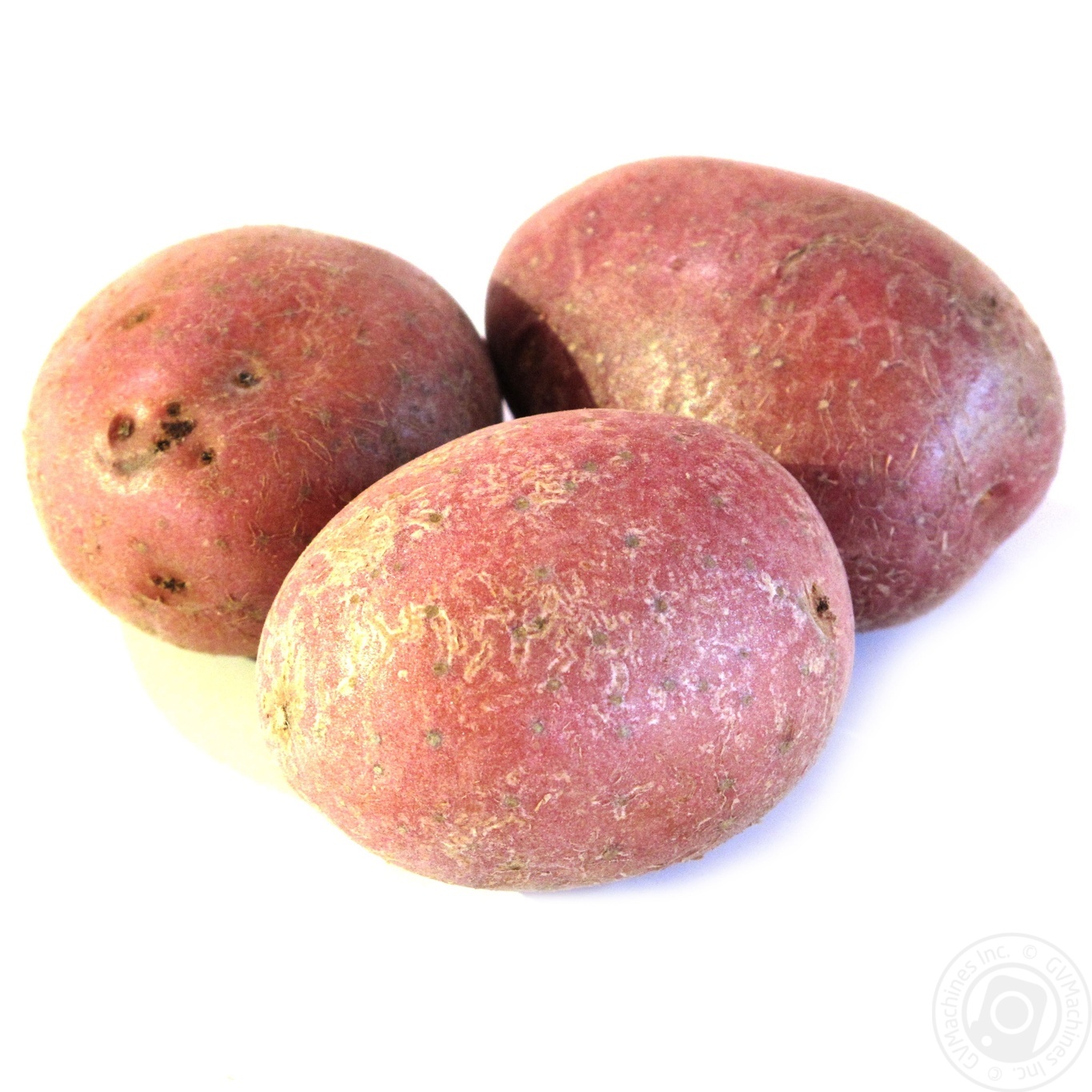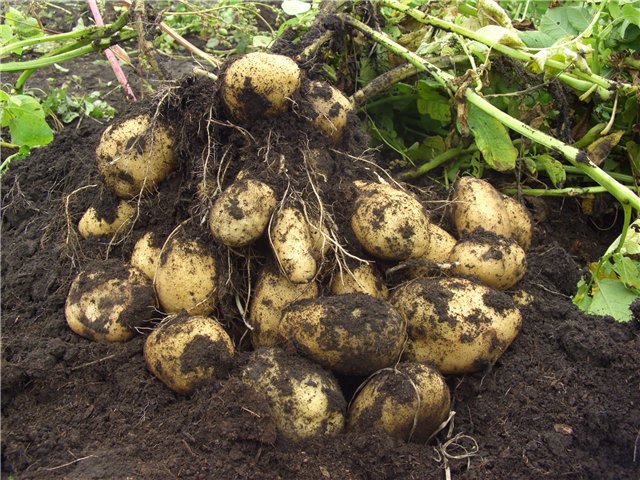Content:
A wide range of potatoes is presented on the modern market. Among the most sought-after and popular varieties are the Ramos potatoes.
general information
The Ramos potatoes were bred by German breeders. Due to its excellent taste and ease of care, the variety very quickly gained fans not only in Germany, but also far beyond its borders. Russia is no exception. The variety was entered into the Register of the Russian Federation in 2006.
Ramos is suitable for planting in all regions. If it is planted in the southern regions, then during the season it will be possible to get not one, but two crops. This varietal potato tolerates both low temperatures and hot, dry conditions.
Characteristics of the variety
Ramos potatoes, in accordance with the characteristics of the variety, are early ripening species. This suggests that the root crop fully matures on average 80 days after planting. At the same time, the first young potatoes will be able to taste a little more than a month later.
Ramos potatoes, in comparison with other crop varieties, have a fairly high tops. It has an erect stem with relatively few branches. The leaves on the branches are dark green and large. During flowering, a large number of small flowers are formed on each bush, forming a corolla. Flowers are usually white.
The root crop has a characteristic elongated and rounded shape. An average potato weighs more than 100 grams. The skin of the root vegetable is quite dense, rich yellow, like the pulp.
During the heat treatment, potatoes do not crumble, therefore they are excellent for preparing almost any dish.
Ramos keeps well over a long period of time. In order to prevent premature germination of tubers, the crop should be kept at a temperature not higher than +4 degrees, and the storage place must be dry.
Agrotechnics
Potatoes must be planted in a sunny and unshaded area. Tubers intended for planting must be taken out of storage in advance: about two weeks before the start of planting. Potatoes in the fresh air will germinate better and the quality of germination and development of the plant as a whole will subsequently increase.
Landing
Despite the fact that a characteristic characteristic of a plant such as a potato variety Ramos is unpretentiousness to the soil, it is strongly recommended to prepare the latter. Moreover, this should be done in the fall: after harvesting, the soil is cleared of weeds, dug up and fertilized. As a rule, potash or nitrogenous fertilizers are applied. In the spring, before sowing potatoes, the soil should be dug again.
Potato variety Ramos is planted in the soil after its temperature warms up to at least +10 degrees. At lower temperatures, the tubers can simply freeze. The depth of the holes dug out for planting material can vary from 10 to 15 cm.The distance between them should be at least 20 cm.
In most Russian regions, Ramos potatoes are planted as early as May, when the risk of soil freezing is minimized.
After the first shoots appear, it is very important to provide the plant with proper care. This growing parameter is of particular fundamental importance in terms of obtaining a decent harvest.
Potato care
High-quality crop care begins with loosening the soil trampled during planting. This procedure will delay the appearance of weeds. In addition, loosening improves soil aeration, more air enters it, and the plant develops faster.
It is equally important to be able to protect the first shoots from frost, which can occur in some areas even in summer. For this purpose, the first seedlings are covered with loosened soil. The layer of the latter should be from 3 to 5 cm. If nothing of the kind is done, the plants are likely to die, and the mother tubers will not be able to sprout a little later. As a result, the yield will decline, and quite noticeably.
In addition, another useful property of hilling is that it reliably protects young bushes from damage by the Colorado potato beetle who managed to winter safely. Hilling should be done several times during the same season. But with the beginning of the flowering of Ramos potatoes, hilling is stopped. During this time, mulching is most effective for weed control. It is allowed to use sawdust, needles or humus as mulch.
Unfortunately, it is completely impossible to protect the plant from all dangers without the use of chemicals. In this case, it is important to adhere to the principle of the golden mean and try to use the least dangerous fertilizers in reasonable quantities. In particular, about a month before harvesting, potatoes should be sprayed with superphosphate in order to increase the flavor saturation of the tubers and their keeping quality.
This can disrupt the development of the root system, which, in turn, negatively affects the yield. The first watering should be done not earlier than seedlings appear. As the bush grows, its need for moisture will increase. But this does not mean that the culture should be flooded. As a rule, dried lower leaves signal a lack of water.
The most suitable temperature range for tuber formation is 18-22 degrees. If the average temperature remains above +25 degrees for a long time, the growth of potatoes slows down somewhat, and at +30 it stops altogether. A drop in temperature has similar consequences. In general, Ramos potatoes are high-yielding varieties.
The Ramos potatoes require the greatest amount of water during the flowering period. Potatoes should be watered with sun-settled water in the early morning or after sunset.
The selection of future planting material is most conveniently done during the harvesting process. In this case, the decisive role should be played not so much by the tubers as by the shoots of plants. The specimens with the healthiest tops are ideal.In order not to be mistaken in the end with the choice, it is strongly recommended to somehow mark the bushes, the tubers of which will then be used for planting. The size of the tuber does not matter. Seedlings from them will turn out to be no worse in fact.
Generally speaking, the plant is sufficiently resistant to most pests and diseases.
Advantages and disadvantages
The above description of the Ramos variety makes it clear why this type of culture is so fond of gardeners and gardeners.
Among the most significant advantages of the variety are the following:
- rapid development of the bush;
- excellent presentation of tubers;
- a decent yield indicator;
- excellent taste characteristics;
- decent size of root crops;
- resistance to heat and subzero temperatures;
- unpretentiousness to the type of soil;
- resistance to most diseases;
- the possibility of long-term storage.
Potatoes have no serious drawbacks, except that they are susceptible to late blight, but systematic prevention allows you to quite successfully cope with the problem.
For Russians, potatoes are an integral part of the diet, so the question of choosing a variety for growing is relevant for most gardeners. Ramos in this regard is the best option. These are delicious potatoes that can be used to make anything from mashed potatoes to chips. He is unpretentious in care and survives perfectly even among inexperienced gardeners.
